Consider Mary Donaldson. Once a humble – though presumably very nice – marketing executive from Hobart, she’s now better known as the Queen consort of Denmark. The Genesis G80 has trodden a similar path.
When it was introduced into Australia in 2017, it started at $68,900 (+ORCs) and tried valiantly to shake off the perception that it was a fancy Hyundai. Eight years later, the range now starts at $104,200 (+ORCs) but has had significant exterior, interior and mechanical overhauls in the interim. So, is it now fit for royalty?
The G80’s opening salvo is the 2.5T, which uses a 224kW/422Nm 2.5-liter turbocharged four-cylinder petrol engine to power the rear wheels. It’s also loaded with an extraordinary level of standard equipment, including 18-way power-adjustable front seats, heated and ventilated seats front and rear, heated steering wheel and centre console arm rest, panoramic sunroof, 19-inch wheels, triple-zone climate control, Nappa leather, powered steering column and boot lid and more.
One of the biggest changes for the 2025 G80 is the introduction of the giant 27.0-inch widescreen display that incorporates the infotainment touchscreen and digital driver’s display, in addition to a 12.0-inch head-up display. Smartphone mirroring is wired only, which is a bit disappointing, but there’s wireless phone chargers front and rear, app connectivity and an 18-speaker Bang & Olufsen stereo that sounds rather excellent.
All the usual safety acronyms apply, which I’ll mention again in a moment, and Genesis really has had plenty of brainstorming sessions to ensure every base is covered: fingerprint recognition? Check. Remote parking with the key? Check. UV cleaning of your smartphone? Check. Helpfully, a more prosaic feature – rear sun blinds – are also standard.
Make the $17,000 step up to the 3.5T and while the visuals are almost identical, under the bonnet sits a 279kW/530Nm 3.5-litre twin-turbo V6 that drives four 20-inch wheels. Road preview electronic control suspension scans the road ahead to prepare the dampers for approaching bumps, which will be of benefit to those attempting to watch the optional 14.6-inch displays ($4500) in the rear that support smartphone mirroring or video streaming.
Finally, for another $6000 the Sport being tested here adds unique exterior styling and wheels, quilted seats, a three-spoke steering wheel and carbon trim but the mechanical upgrades are of most interest: rear-wheel steering, an electronic limited-slip diff, launch control and a Sport+ drive mode.
All variants are supported by a five-year/unlimited kilometre warranty, five complimentary services (required every 12 months or 15,000km), 10 years of roadside assistance and five years of the Genesis To You concierge and courtesy vehicle service. Impressive.
Let’s start with the outside. It’s not for me to tell you whether the G80 is good looking or not, but it’s large, imposing and gives off a ‘flash’ vibe, with plenty of neighbours asking in impressed tones what it is and being little the wiser when told it’s a Genesis. I like the Sport wheel design, though.
Inside, there’s plenty to enjoy with lots of quality materials covering almost every surface. The exceptions are the column stalks, that look too much like they’ve been nabbed from a cheaper vehicle (but then this does cost $130,000 not $250,000…) and the Sport’s carbon trim. This clashes with its luxurious surroundings like someone’s put running shorts on over their tuxedo.
A 3010mm wheelbase ensures plenty of room in the back and comfort is unlikely to be a problem with the number of amenities available, which may be helpful when you consider the typical buyer for the G80, but more on that later.
The pre-drive check includes the increasingly required deletion of the lane-keep assist, driver monitoring and speed limit alert, though regarding the latter the Genesis does at least get more right than wrong and only bongs three times as a warning rather than incessantly. Still, annoying – off.
If there’s one reason to step up to the Sport flagship it’s the rear-wheel steering. It makes a big car so much more manoeuvrable in parking situations and a u-turn champion. The ride is also truly excellent, illustrating what’s missing in its GV70 SUV sibling, with less float and more control without any added harshness.
It’s also extraordinarily quiet. The absence of something is always very hard to notice but when I got into a Ford Mustang Mach-E – not exactly a Lotus Exige – after the G80 it sounded like I was driving through a force five hurricane.
All-wheel drive and that powerful V6 give it ample acceleration, a decent soundtrack – though a sizable thirst if exploited – and the gearbox is smooth. Its biggest shortcoming from an NVH perspective is a resonance that feeds back through the car at around 1200-1300rpm; it’s not terrible, but it is noticeable, especially as the car settles into its chosen gear for a certain cruising speed.
An embarrassing admission: I didn’t take the G80 for a long, spirited drive. This is a road-testing fail, especially as I suspect it might acquit itself quite well for what it is, but let’s be honest, no one but a Genesis test driver or a motoring journalist is going to explore the G80’s dynamic depths.
Given its strengths, the G80 that makes the strongest case for itself is probably the Electrified, the updated version of which will land in Australia shortly. It will take the ICE G80’s ride comfort, quality, feature list and ease of use and add even more rear space courtesy of a longer wheelbase and the instant, silent thrust of electric motors, albeit at a higher price.
However, even the extended range of 475km may scare off the G80’s most obvious buyer, the luxury airport limo driver. It might sound like a slight to suggest a company’s flagship offering is best suited to taxi duty, but given the updated G80 Electrified has a Chaffeur Mode, I suspect it’s aware most of its sales go to fleet operators. And with good reason. I was once picked up from the airport in one of those first-generation G80s and it wore its 280,000km with ease, looking virtually brand new.
The case for a private buyer is much more difficult, possibly a reason Genesis has shifted just 70 G80s since the start of 2023. In terms of ability, it’s not far off the likes of a Mercedes-Benz S450 or BMW 740i for much less money, but I don’t think it’s going to drag away premium German customers.
The only person I can think of is the HSV Grange or Ford Fairlane buyer who has held on to their car because they simply can’t think of what to replace it with. I suspect they’d find the G80’s combination of performance, comfort and space both familiar and pleasing. It’s a bit like an Aussie that’s gone to, say, a royal finishing school.

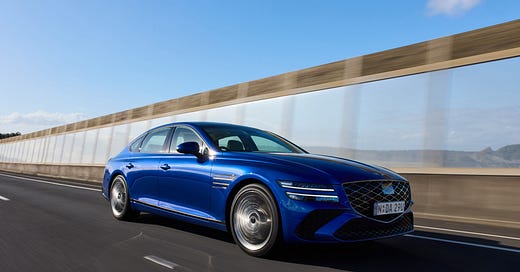




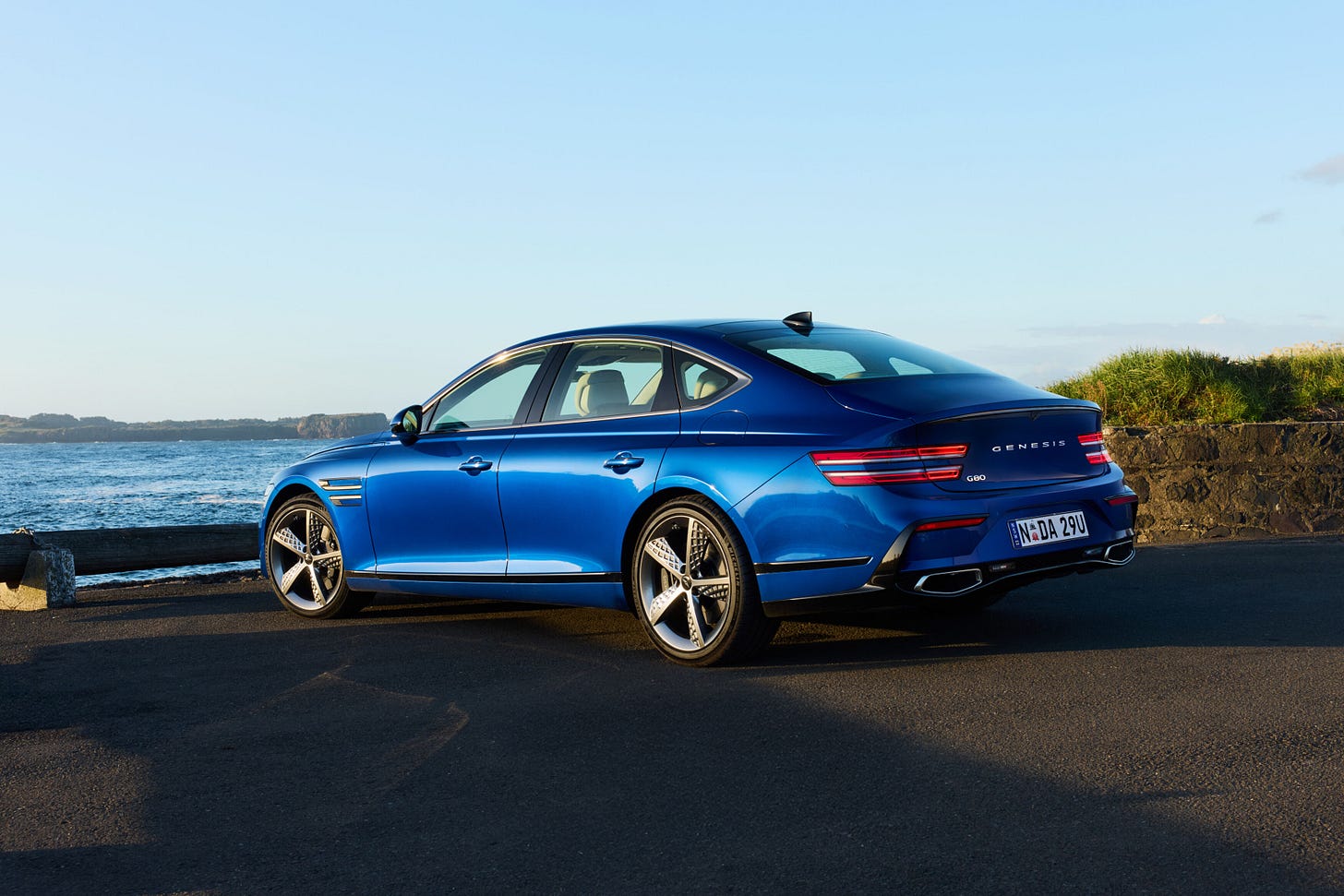
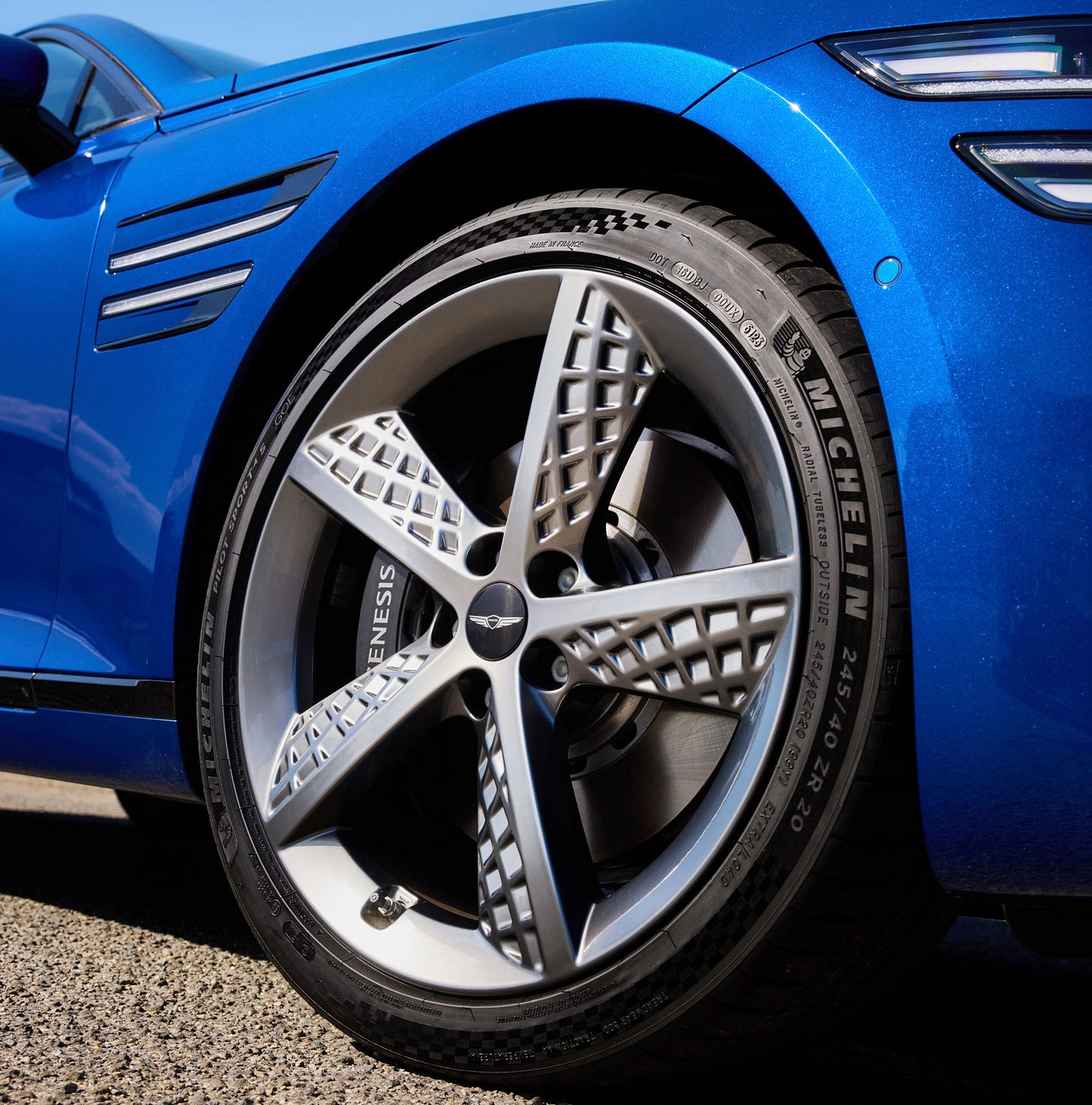
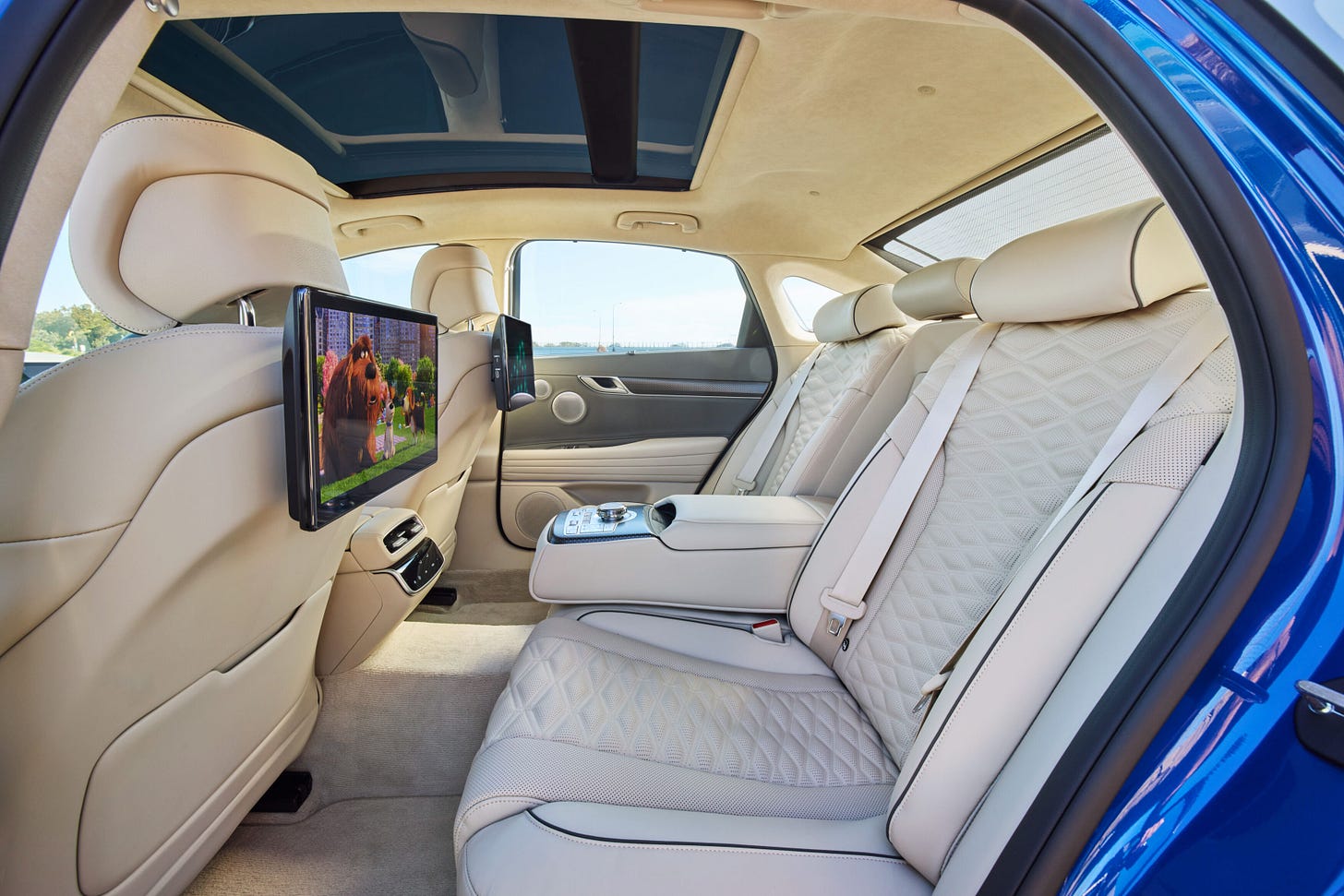

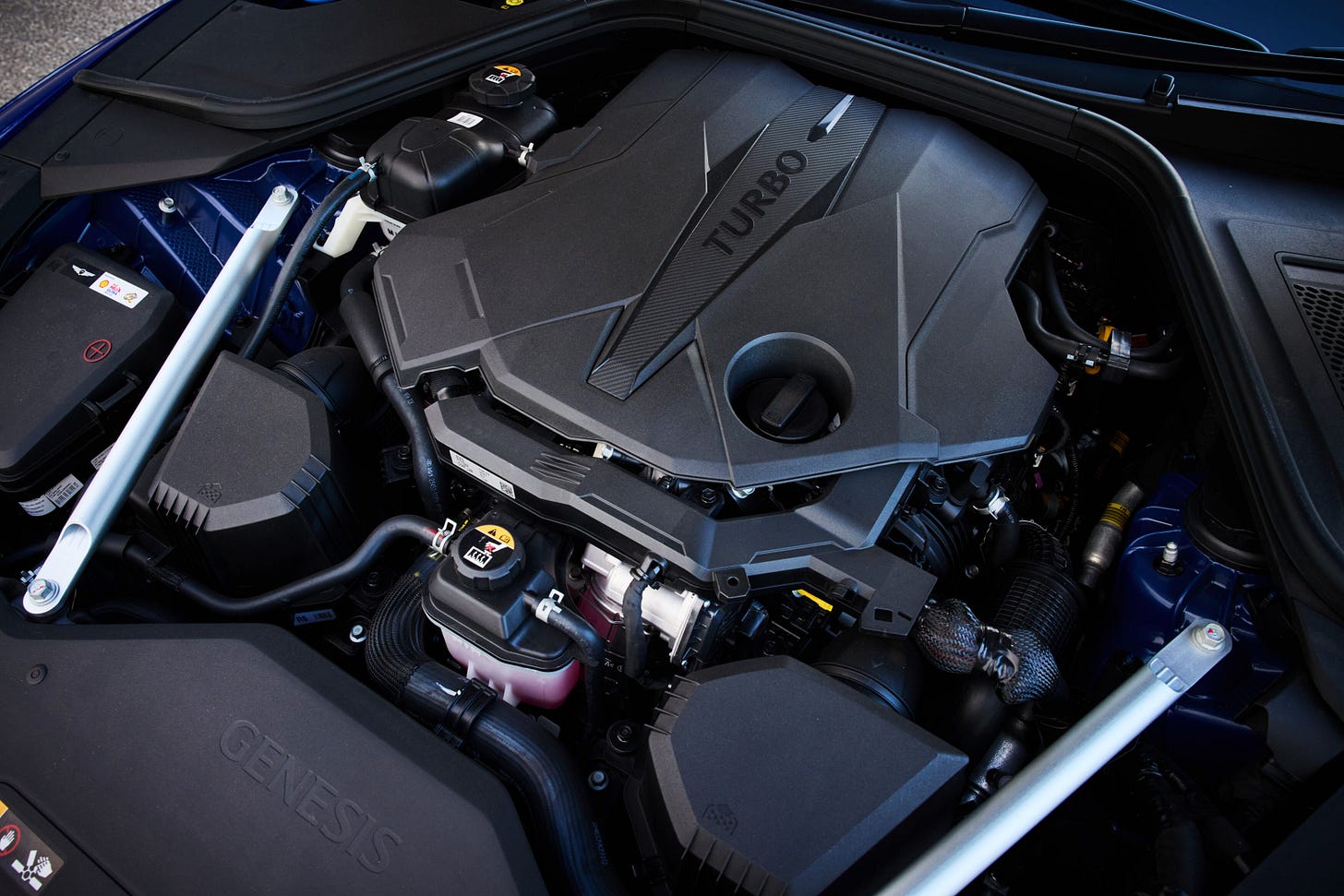
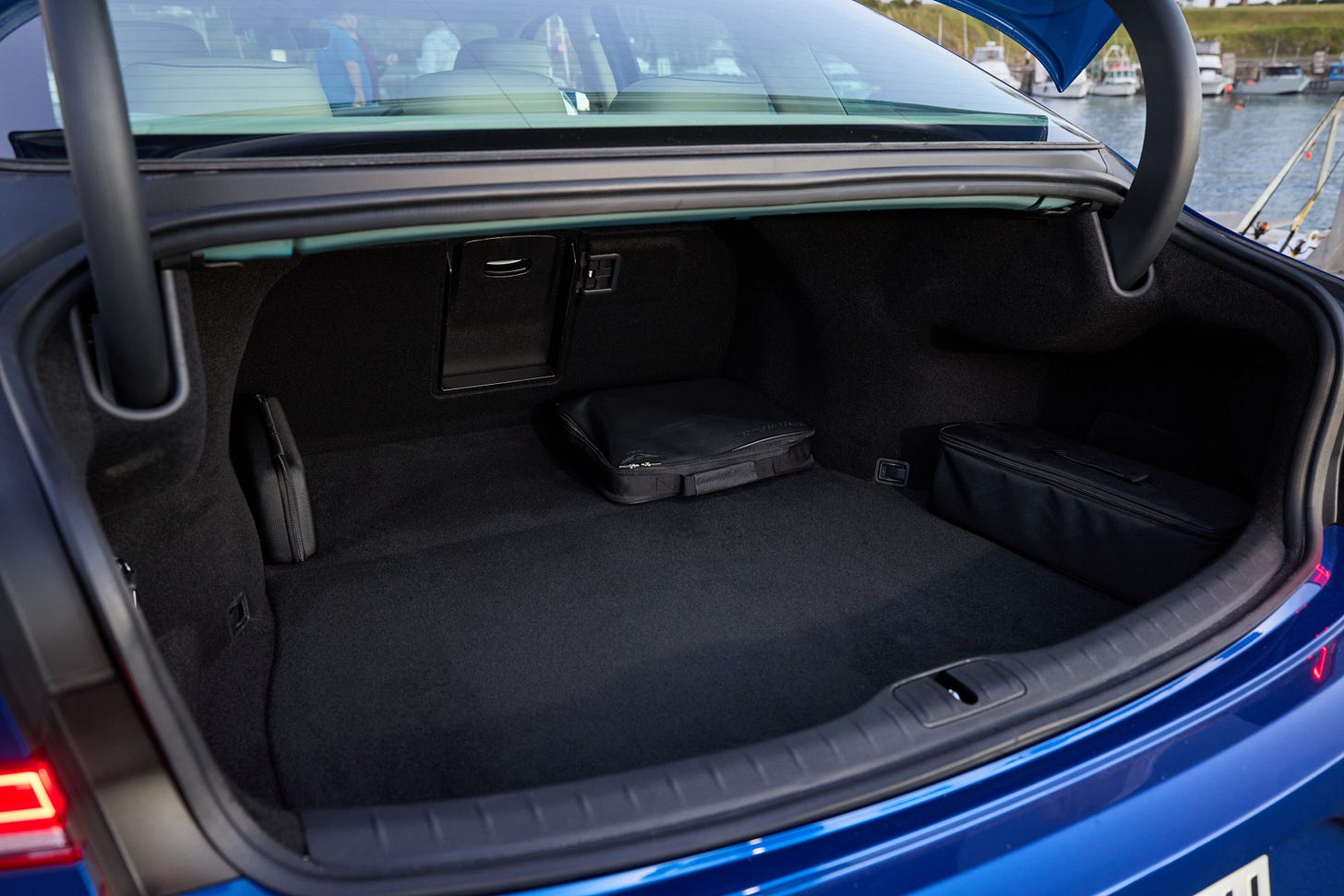
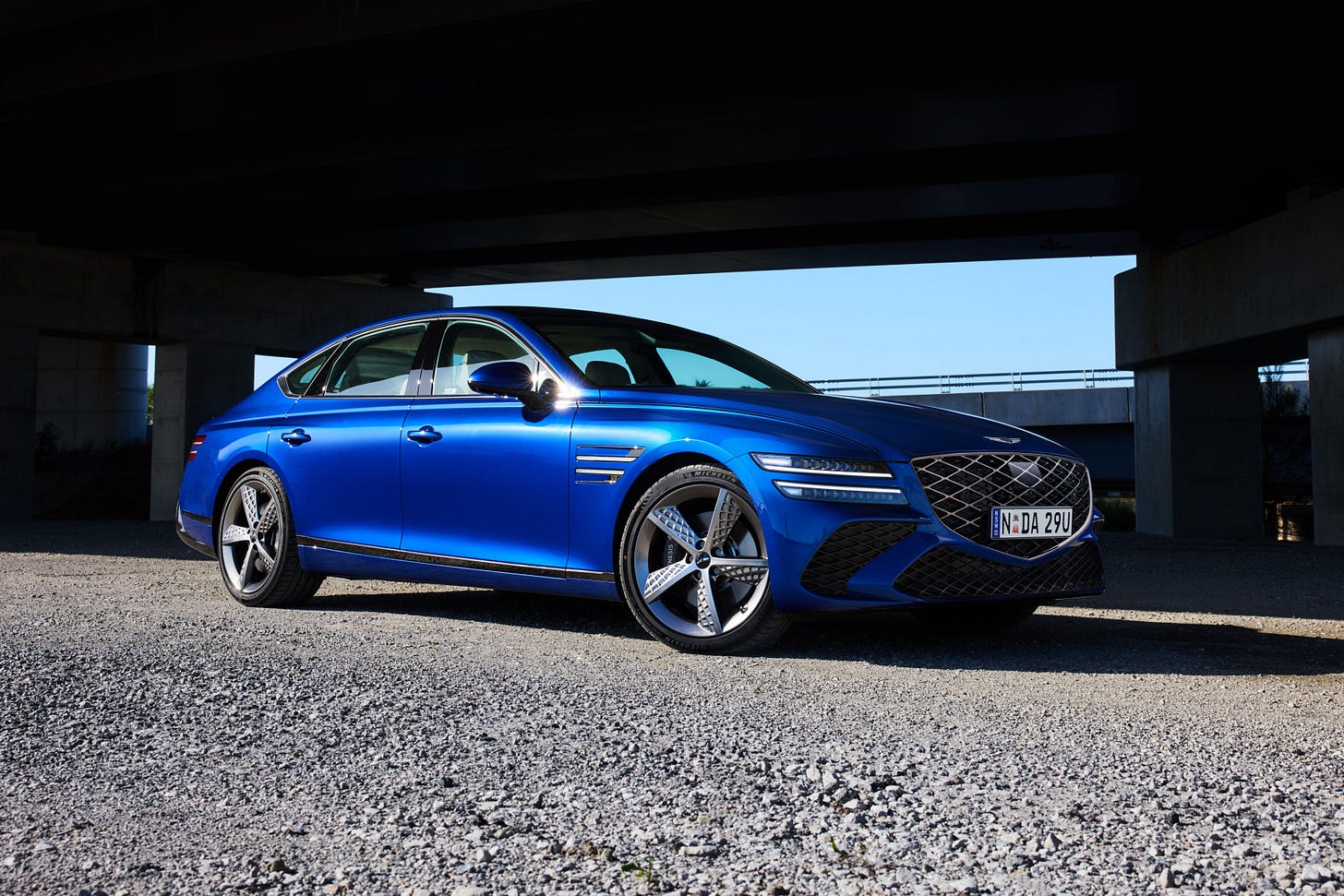
To my understanding Hyundai has opted for wired-only Apple Car Play for awhile now given how unstable the wireless connection has and can be. To my understanding, Car Play’s kernel software is not able to talk to the car consistently, causing you to have to troubleshoot at almost every reconnection. It’s also gotten worse since iOS 18. I’ve had that experience across OEMs in a variety of iPhone models. If available, I almost always have it with the wire otherwise I don’t even bother.